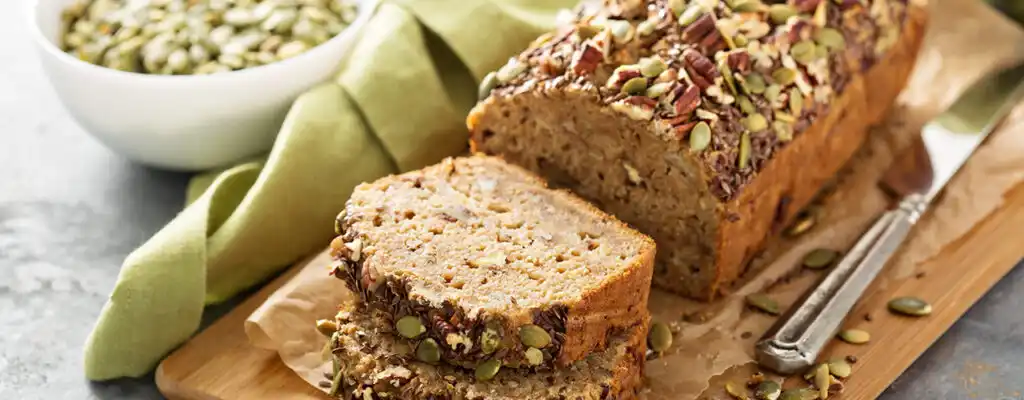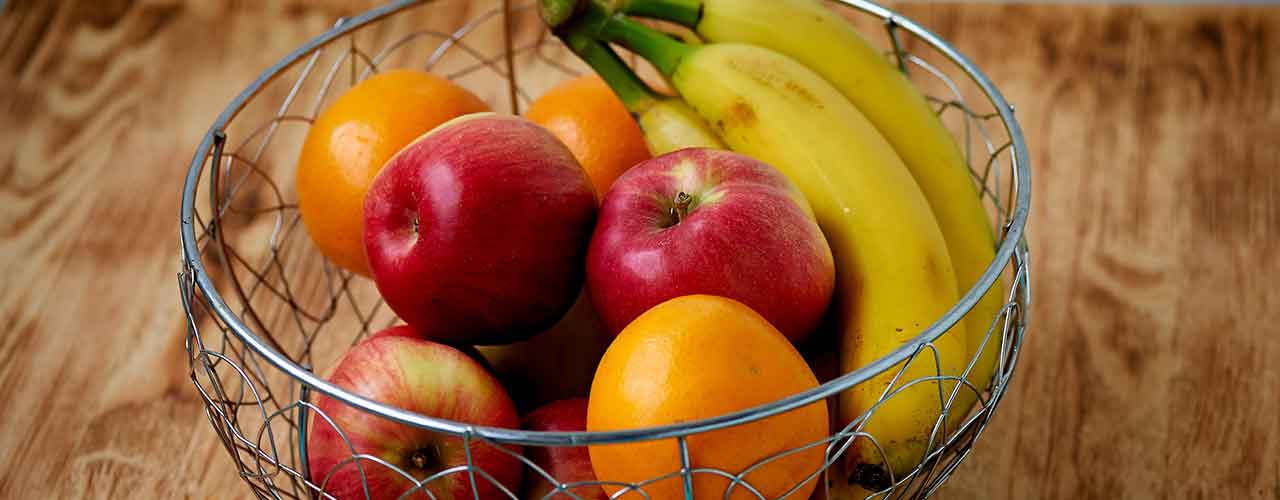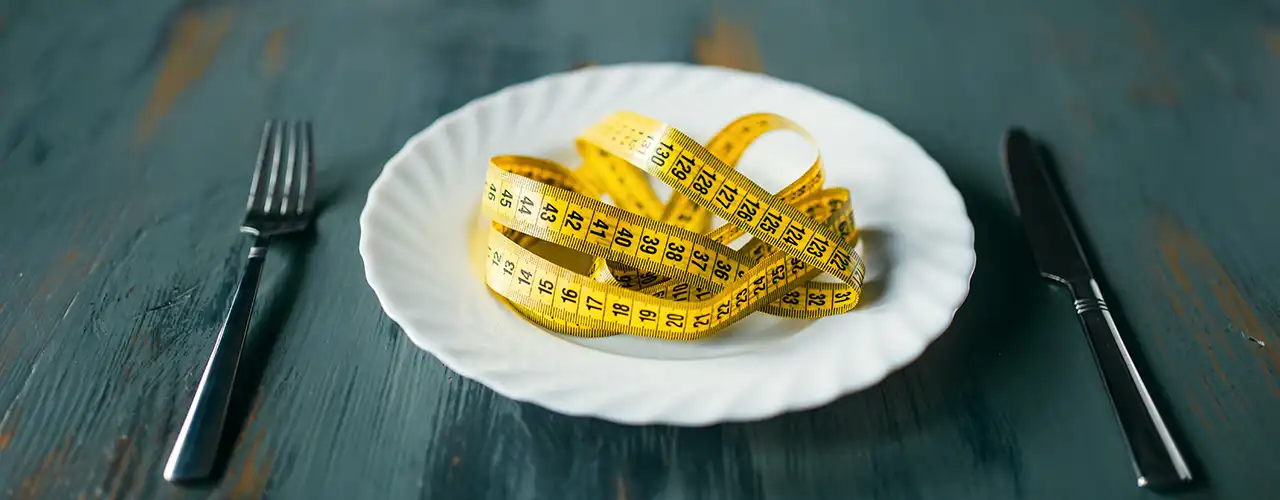Not All Bread is Bad
If you’ve been following my blog, you are probably well aware that for a healthy diet and gut I recommend keeping processed and other simple carbohydrates to a minimum. These carbohydrates include bread. So many of us overindulge in eating “bad” breads such as rolls, hoagie bread, plus the typical store brands of wheat, rye, whole grain, and the dreaded white bread.
First of all I want to mention that almost all of these bread types listed above have minimal nutritional value and are not better than white bread. They all have multiple additives, preservatives and are full of empty carbs.
Now that I have sufficiently trashed so many kinds of bread, I can actually recommend a healthy alternative with nutritional value, a significant amount of protein, and a low glycemic index. A low glycemic index food is a food that produces a lower level of circulating glucose in your system than others and usually less carbs and calories.
I do recognize that bread is a part of the American and global diet and very hard to avoid all together. Since finally identifying this healthier alternative I have switched over and have been very satisfied with the product.
I recommend sprouted grain bread, and my favorite brand is Ezekiel. Read on to learn why.
Sprouted grain bread is harvested from the shoots that grow from the grain or seed.
Typical grains are processed from the whole grain before it sprouts. The sprouts require more protein, vitamins, and use up energy (sugar=carbs) in order to grow. This produces bread with higher levels of protein, vitamins, and less carbohydrates than the typical breads you most likely have been consuming.
Ezekiel has 9 different varieties of sprouted grain breads, as well as 4 types of gluten-free sprouted grain bread. The Ezekiel brand is also a very natural alternative without any preservatives or artificial ingredients and has no (zero) flour or refined sugars! It’s so natural that I have to keep it in the fridge or it will go bad in a few days on the counter or in the bread drawer.
Why the name Ezekiel? “Take also unto thee wheat, and barley, and beans, and lentils and millet, and spelt and put them in one vessel…” Ezekiel 4:9. When you read the ingredients it makes sense. Remember though, it’s still a bread so I do not recommend eating half the loaf in one sitting. It still has carbs and calories. That being said it has only 80 calories per slice. See the nutritional facts below and notice that all the ingredients are all natural. Feel free to head into your kitchen and compare the ingredients and nutritional information of Ezekiel bread to the bread you purchased recently. I bet you will be amazed.

Ingredients
Organic Sprouted Wheat, Filtered Water, Organic Malted Barley, Organic Sprouted Rye, Organic Sprouted Barley, Organic Sprouted Oats, Organic Sprouted Millet, Organic Sprouted Corn, Organic Sprouted Brown Rice, Fresh Yeast, Organic Wheat Gluten, Sea Salt.
Carefully review the Nutrition Facts of other brands of sprouted grain breads, as many have additives and artificial ingredients. Read the labels carefully. By the way I think Ezekiel bread tastes the best when it’s toasted. Enjoy!
Medical Disclaimer.
The content of this website is provided for general informational purposes only and is not intended as, nor should it be considered a substitute for, professional medical advice. Do not use the information on this website for diagnosing or treating any medical or health condition. If you have or suspect you have a medical problem, promptly contact your professional healthcare provider.
Healthy Tips and Tricks Delivered to your Inbox
Enter your email below and I’ll send you delicious recipes, articles, and tips to get control of your health and simple steps to maintain it.

Dr. Kulka
Dr. Kulka is a board-certified family medicine physician with 20 years of clinical experience. Placing an emphasis on improving wellness and avoiding illness, Dr. Kulka has a passion for educating people about their health, weight loss options, and specific medical concerns in an easy-to-understand way.
If you, like so many people, struggle to be consistent with your healthy diet and exercise routine, or feel overwhelmed and unsure where to start on your journey to a healthier lifestyle, check out our Seriously Simple Steps to Health and Wellness program.










